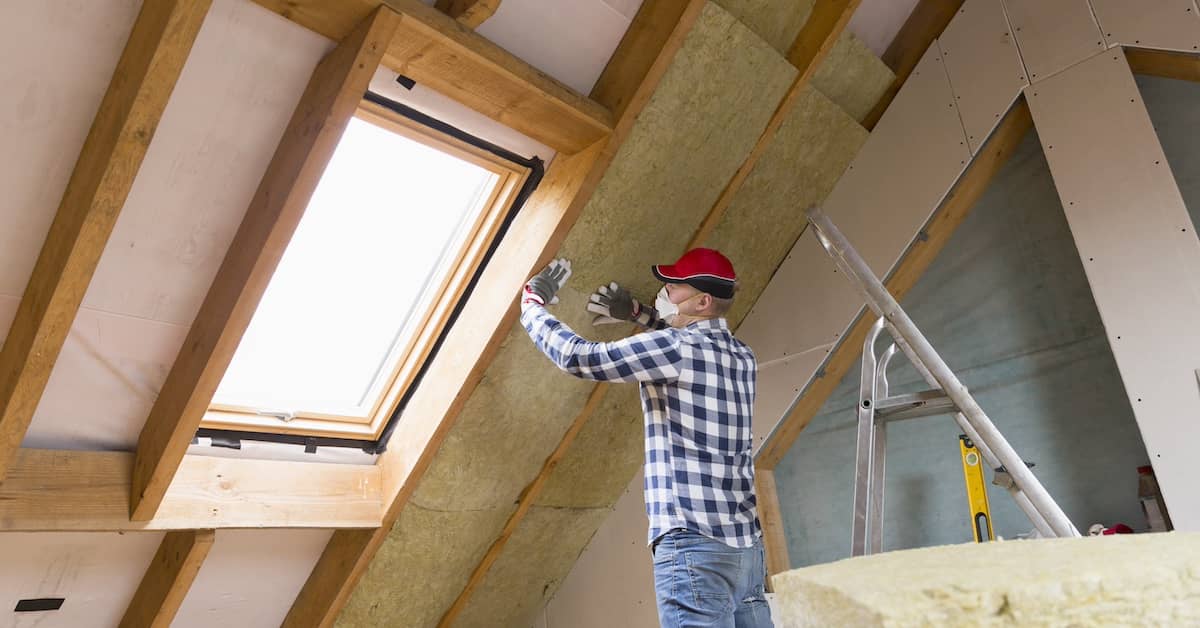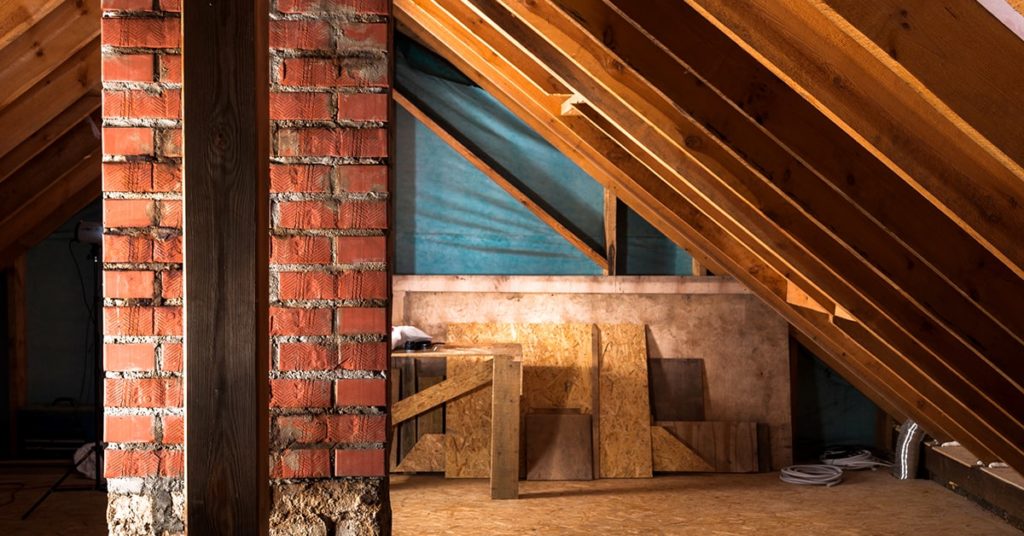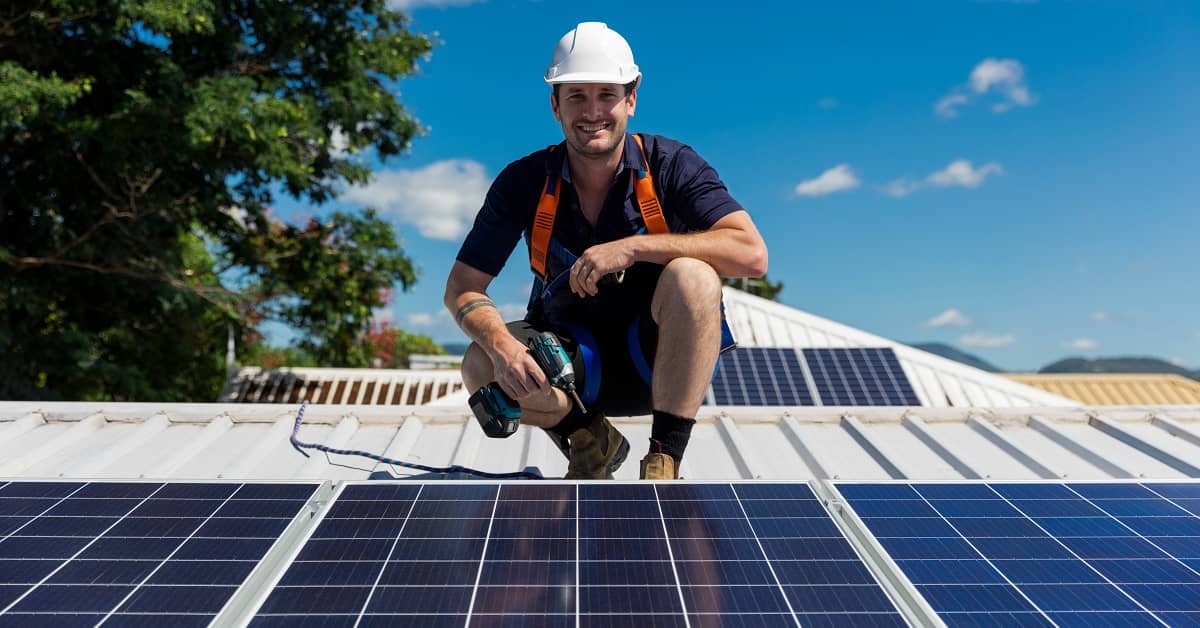
How to Seal Attic Air Leaks
Those wondering how to seal attic air leaks often think about going the DIY route. While you may think it’s easy and affordable to seal leaks yourself, entrusting the project to a professional has a number of benefits worth considering.
REenergizeCO has decades of experience helping homeowners in Denver, Fort Collins, and throughout the Front Range optimize their attic insulation. We have helped countless customers seal attic air leaks for a more comfortable and efficient home environment.
There are a number of ways to seal an attic. Before you do, however, it is important to understand why the attic should be sealed and the advantages of adding insulation to the attic.
How Much Heat Is Lost Through the Attic?
In the winter, a poorly insulated attic can cause you to lose anywhere from 25% to 50% of the heat in your home. Temperatures in the summer, meanwhile, can be difficult to control if your attic isn’t properly sealed.
Most people overlook the attic. It’s usually home to little-used items, cobwebs, and dust bunnies. And yet, the attic has enormous importance for your home’s temperature regulation.
Attic insulation issues can cause your energy bills to skyrocket. They can also lead to uncomfortable drafts when the weather is cold and sweltering heat when it’s hot outside. Bottom line: If your home is losing heat and experiencing other issues, the attic is often the culprit.
Read More: When to Replace Attic Insulation
How to Seal the Attic
There are a number of different ways to seal attic air leaks. ENERGY STAR even offers homeowners step-by-step instructions for DIY attic air sealing.
Some of the most common methods used for sealing attic air leaks include:
- Using foam sealant for small gaps and cracks
- Installing weatherstripping
- Caulking larger gaps, especially along the frames of windows, vents, and other openings
One of the biggest challenges homeowners face is identifying all of the areas with leaks. A professional home energy audit is often the best way to inspect the attic and the rest of the house. The insights from an energy audit are typically much more robust than what homeowners can find through a visual inspection alone.
Upgrades may be necessary if your attic insulation is underperforming or the insulation has been damaged or displaced. Many issues can be addressed by retrofitting the insulation (i.e., adding new insulation to the existing material).

Adding Insulation to the Attic
As home insulation installers, we have found that the question “how to seal attic air leaks” is best answered by looking at the current insulation in the attic. Below are some common scenarios we see when it comes to sealing attic air leaks:
Faced or Unfaced Insulation in the Attic?
Faced insulation refers to insulation material that has a vapor-retardant or vapor barrier attached to one side. This facing, often made of paper or foil, helps control moisture by preventing the movement of water vapor through the insulation.
Go with faced insulation if you’re insulating the attic’s floor joists. Either option is suitable for rafters without insulation or where attic insulation has been removed. But, if you’re adding new insulation over existing insulation, the new insulation should be unfaced to avoid trapping moisture between the layers.
Read More: Can I Add New Insulation Over Old?
How to Install Attic Insulation Over Existing
Homeowners have multiple options for installing new attic insulation over existing. These include:
- Adding rolls of insulation to an under-insulated space (make sure the rolls are unfaced)
- Laying unfaced batts perpendicular to the joists on top of the existing insulation
- Blowing insulation into the floors and walls
The goal of upgrading existing insulation is to enhance the R-value, also known as thermal resistance. In cool, dry Colorado, attic insulation needs to be R-49. Adding layers of insulation is an effective way to seal the attic.
Can You Use Roll Insulation in an Attic?
Absolutely! Fiberglass rolls are the most common choice for insulating the attic when a home is being built. Over time, it may be necessary to upgrade the attic insulation roll.
Fiberglass insulation can be retrofitted with new fiberglass rolls. Other types of rolled insulation (such as mineral wool or cellulose) can also be added to complement the existing fiberglass.
Retrofit insulation needs to be measured and cut precisely to ensure the new insulation fits the space and provides the necessary R-value. It is generally best to have a professional insulation contractor handle the job.
Can I Use Batt Insulation in the Attic?
Batt insulation is another fine choice for sealing attic leaks. New batts (made from fiberglass, cellulose, mineral wool, etc.) can be laid across old batts if they are in good condition and there is no excess moisture present.
One of the advantages of batt insulation over rolls is the ability to retrofit or replace smaller sections. Some cutting may be required to fit the batts in place.
Adding Blown-In Insulation to the Attic
Retrofitting attic insulation can also be accomplished with blown-in insulation. The process consists of simply filling the space with enough insulation to achieve the desired R-value.
Blown-in insulation can be added to the walls, floor joists, and baffles of your attic. Although you can rent a blown insulation machine and handle the install yourself, insulation professionals can determine how much is needed to fill the space and provide adequate thermal resistance.
Loose-fill material isn’t as thick as batts, rolls, and other types of insulation. This can make it difficult for homeowners to know how much blown-in insulation they should be using in the attic.
Can You Have Too Much Insulation in Your Attic?
While having too little attic insulation is the more common problem, it is possible to over-insulate the attic if you’re not careful. In addition to wasting money on materials, excess insulation can lead to problems such as mold and mildew if moisture becomes trapped in the layers—particularly if the attic is unvented.
Read More: Is There Such a Thing as Too Much Insulation?
Sealing attic leaks is important, no doubt about it. But we also want the space (and, by extension, the entire house) to be properly regulated.
Experienced home insulation contractors can determine how to seal attic air leaks. First, they will perform a complete assessment of the attic space, including the quality and quantity of the insulation. Next, they can recommend upgrades. Insulation removal may be necessary in extreme cases, but we generally find that existing insulation can be upgraded to seal the attic effectively.
Does Adding Insulation to the Attic Help?
Upgrading your attic insulation is one of the impactful steps you can take to manage your energy bills, improve the comfort of your home, and maximize energy efficiency. Sealing attic leaks can be accomplished in a number of ways, but there is no substitute for experience and expertise.
At REenergizeCO, our goal is to help customers control their utility bills. During a home energy audit, we closely evaluate the attic for gaps, cracks, and inadequate or damaged insulation. Our team can recommend solutions for properly insulating the attic and handle the job with the utmost quality, professionalism, and respect for your home.
Talk to the people who know how to seal attic air leaks. Contact REenergizeCO today to learn how we can make your home more efficient and affordable!
"*" indicates required fields


